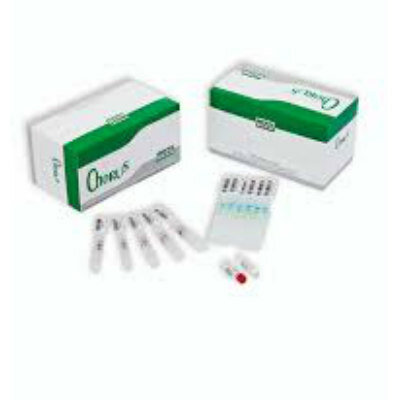Glioblastoma Growth Inhibitor Readily Passes the Blood-Brain Barrier
By LabMedica International staff writers
Posted on 12 Apr 2010
A low molecular weight drug that inhibits the cyclin-dependent kinases 4 and 6 (cdk4/6) has been shown to prevent the growth of glioblastoma brain cancer cells both in vitro and in a mouse model.Posted on 12 Apr 2010
While the drug, PD-0332991, is currently being evaluated in clinical trials for otherwise untreatable teratomas as well as multiple myeloma and breast cancer, the current report is the first on its potential effectiveness against glioblastoma.
Investigators at the University of California, San Francisco (USA) and Georgetown University (Washington, DC, USA) tested the drug on 21 different cell cultures derived from the tumors of patients with glioblastoma. They reported in the March 30, 2010, online edition of the journal Cancer Research, that 16 of the cultures stopped growing. The remaining five, all of which lacked the gene for the tumor-suppressor protein retinoblastoma (Rb), were not affected by the drug.
In the animal experiment, the investigators implanted three different strains of human glioblastoma directly into the brains of mice, which were then treated with PD-0332991. Results indicated that the drug effectively reached the intracranial tumors, and that the tumors did not grow as long as the mice continued to receive the drug. However, the animals quickly succumbed to the cancer if drug treatment was stopped.
"What is especially encouraging about this agent is that we found it can easily pass through the blood-brain barrier and access glioblastoma, and that there is already a simple test available for screening glioblastoma patients in advance to see whether or not they should be responsive to this therapy,” said contributing author Dr. C. David James, professor of neurological surgery at the University of California, San Francisco. "We do not know how well this agent will perform in patients with glioblastoma, but in the mice we studied, we saw very impressive, durable effect that was sustained as long as therapy was administered.”
Related Links:
University of California, San Francisco
Georgetown University













